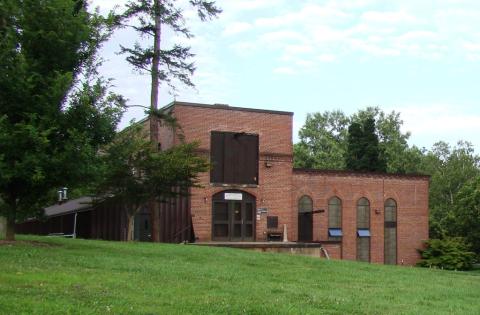Potable Water
Cornell University owns and maintains its own potable water system, serving campus and portions of the surrounding community.
The water system is regulated by the New York State Department of Health and the U.S. Environmental Protection Agency. The Cornell Water Filtration Plant (WFP) serves a population of 35,000, including students, faculty, academic and non-academic employees, as well as residents of the hamlet of Forest Home and a portion of the City of Ithaca. It draws raw water from Fall Creek, which has a 125-square-mile watershed originating in Cayuga County at Lake Como, and can safely provide up to 3.6 million gallons of water per day (MGD).
The WFP produces an average of up to 1.7 MGD to meet the needs of its customers. Upon reaching the plant, water is treated with sodium hypochlorite for disinfection and polyaluminum chloride for sediment removal. The treatment process begins with the rapid mixing of coagulants followed by flocculation and sedimentation. The water is then filtered, disinfected, and pumped into a 1.0 million-gallon and a 1.5 million-gallon water storage tank. From these tanks, water is distributed to the campus via a network of piping that is approximately 120 miles in length.
In 2010, the Water System Improvement Project was completed. This project included the construction of a new 1.5 MG (million gallon) concrete storage tank on Hungerford Hill, a new Pressure Reducing Valve Station, modifications to pumps in our Pump Station, and 25,000 feet of new water main.

